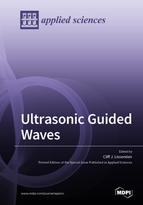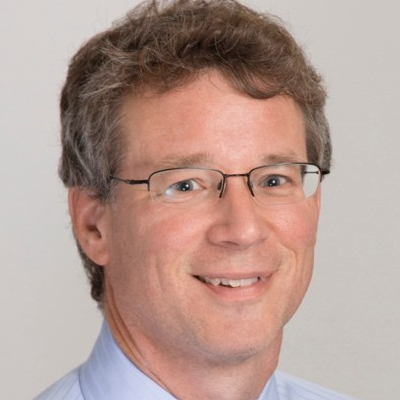Ultrasonic Guided Waves
A special issue of Applied Sciences (ISSN 2076-3417). This special issue belongs to the section "Acoustics and Vibrations".
Deadline for manuscript submissions: closed (31 March 2019) | Viewed by 79930
Special Issue Editor
Interests: structural health monitoring; ultrasonic guided waves; nondestructive evaluation; mechanical behavior of materials; nonlinear guided waves
Special Issues, Collections and Topics in MDPI journals
Special Issue Information
Dear Colleagues,
The propagation of ultrasonic guided waves in solids is an important area of scientific inquiry due primarily to their practical applications for nondestructive characterization of materials, such as nondestructive inspection, quality assurance testing, structural health monitoring, and material state awareness. Ultrasonic waves guided by boundaries or interfaces can propagate much further than waves propagating in bulk material due to their higher directivity. Furthermore, they can interrogate otherwise inaccessible material domains. Aspects of wave propagation often leveraged are wave speeds to infer elastic properties, acoustic impedance mismatches that scatter waves to detect defects, time of flight to locate the position of a defect, acoustoelasticity to determine stresses, and harmonic generation associated with material or geometric nonlinearities. The multimodal dispersive nature of guided waves makes mode and frequency selection very important, regardless of the application. A variety of transducers based on piezoelectricity, magnetostriction, the Lorentz force, and laser pulses can be used dependent upon the application needs with respect to environment, coupling, and size. This Special Issue of the journal covers all aspects of ultrasonic guided waves (e.g., phased array transducers, meta-materials to control wave propagation characteristics, scattering, attenuation, and signal processing techniques) from the perspective of modeling, simulation, laboratory experiments, or field testing.
Prof. Clifford J. Lissenden
Guest Editor
Manuscript Submission Information
Manuscripts should be submitted online at www.mdpi.com by registering and logging in to this website. Once you are registered, click here to go to the submission form. Manuscripts can be submitted until the deadline. All submissions that pass pre-check are peer-reviewed. Accepted papers will be published continuously in the journal (as soon as accepted) and will be listed together on the special issue website. Research articles, review articles as well as short communications are invited. For planned papers, a title and short abstract (about 100 words) can be sent to the Editorial Office for announcement on this website.
Submitted manuscripts should not have been published previously, nor be under consideration for publication elsewhere (except conference proceedings papers). All manuscripts are thoroughly refereed through a single-blind peer-review process. A guide for authors and other relevant information for submission of manuscripts is available on the Instructions for Authors page. Applied Sciences is an international peer-reviewed open access semimonthly journal published by MDPI.
Please visit the Instructions for Authors page before submitting a manuscript. The Article Processing Charge (APC) for publication in this open access journal is 2400 CHF (Swiss Francs). Submitted papers should be well formatted and use good English. Authors may use MDPI's English editing service prior to publication or during author revisions.
Keywords
-
Wave propagation
-
nondestructive inspection
-
structural health monitoring
-
ultrasonic transducers
-
scattering
-
attenuation
-
signal processing






